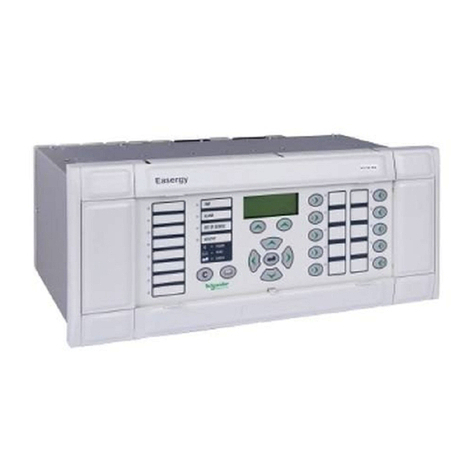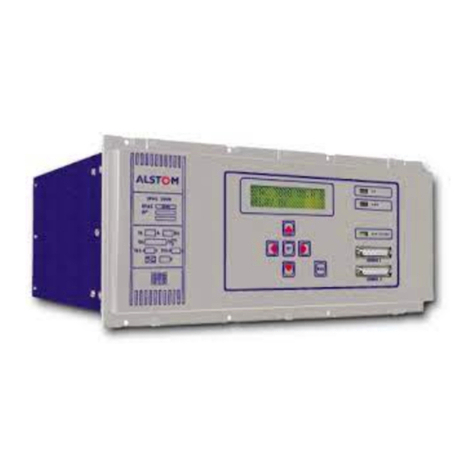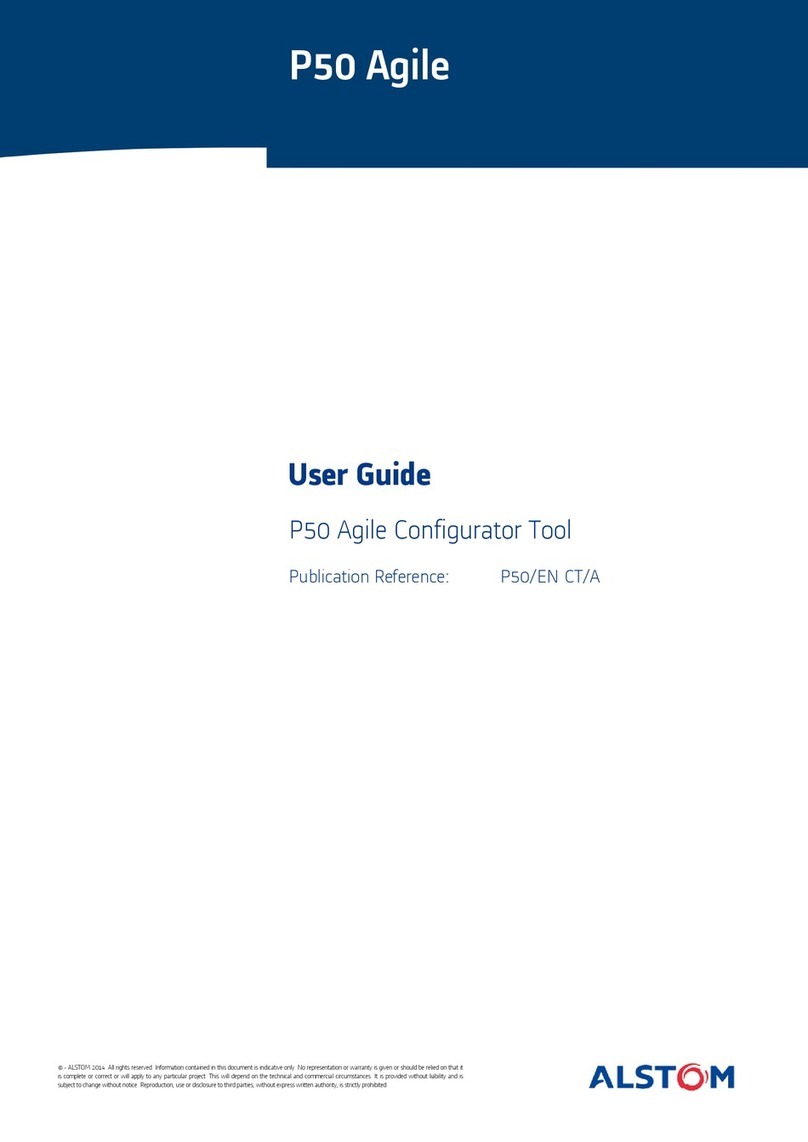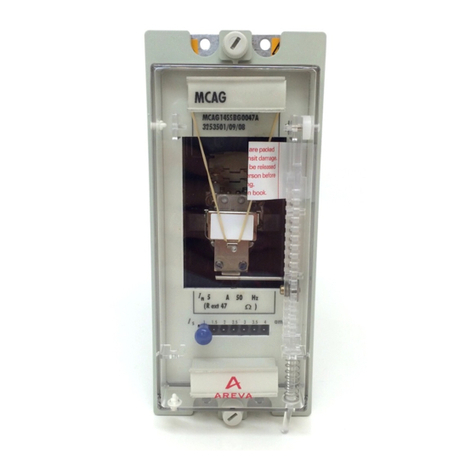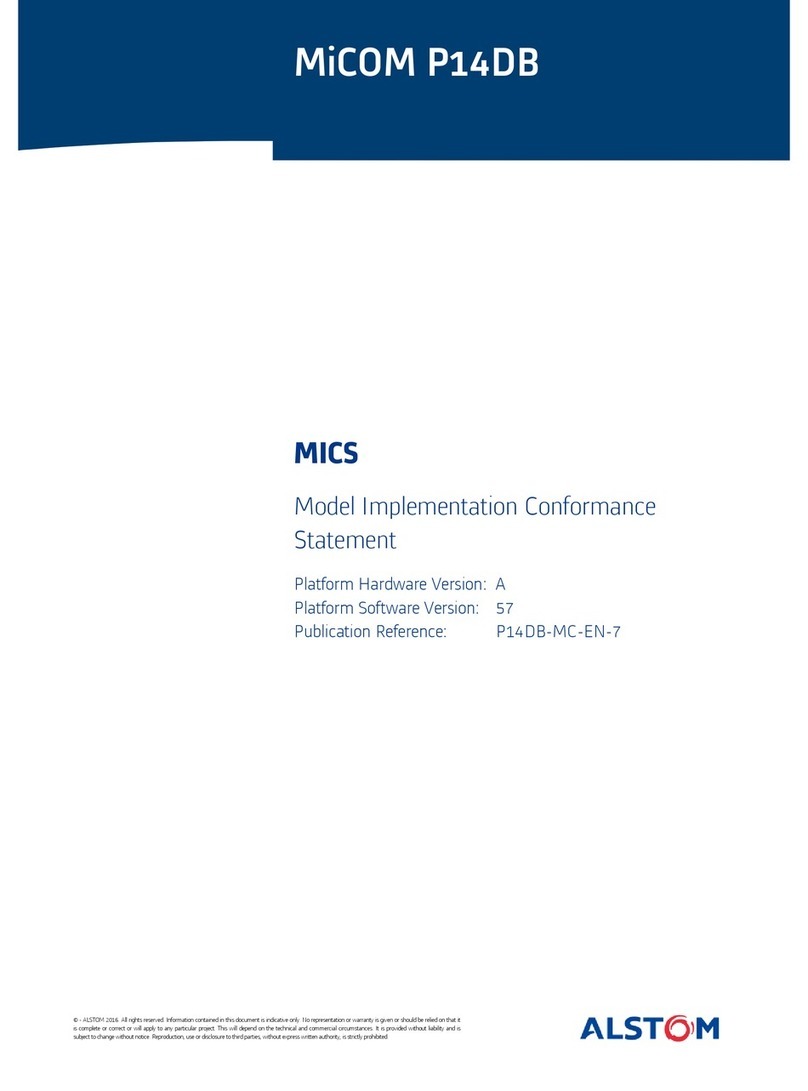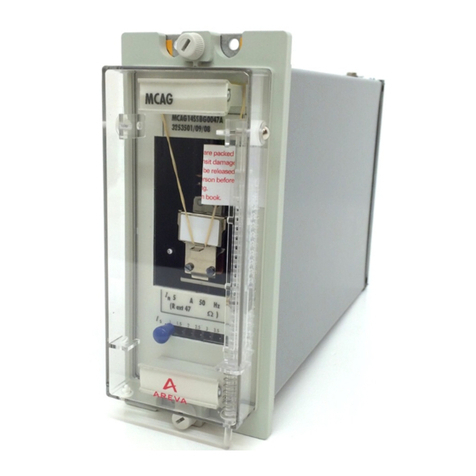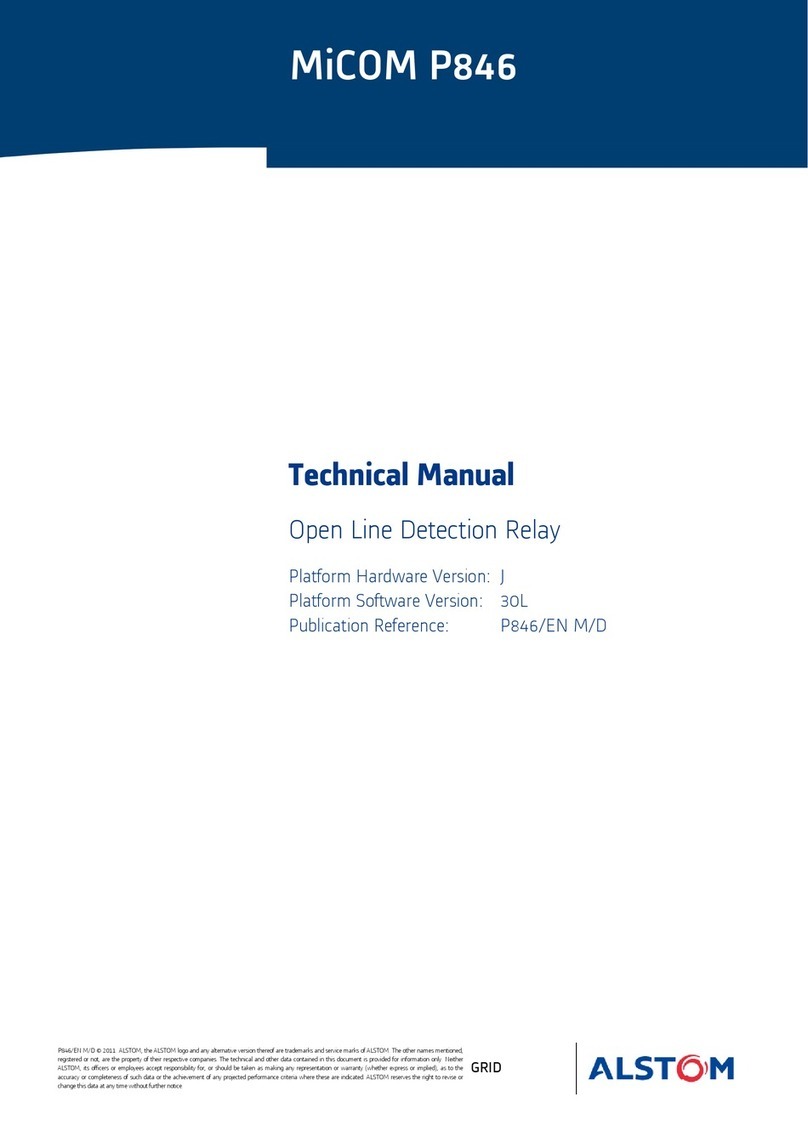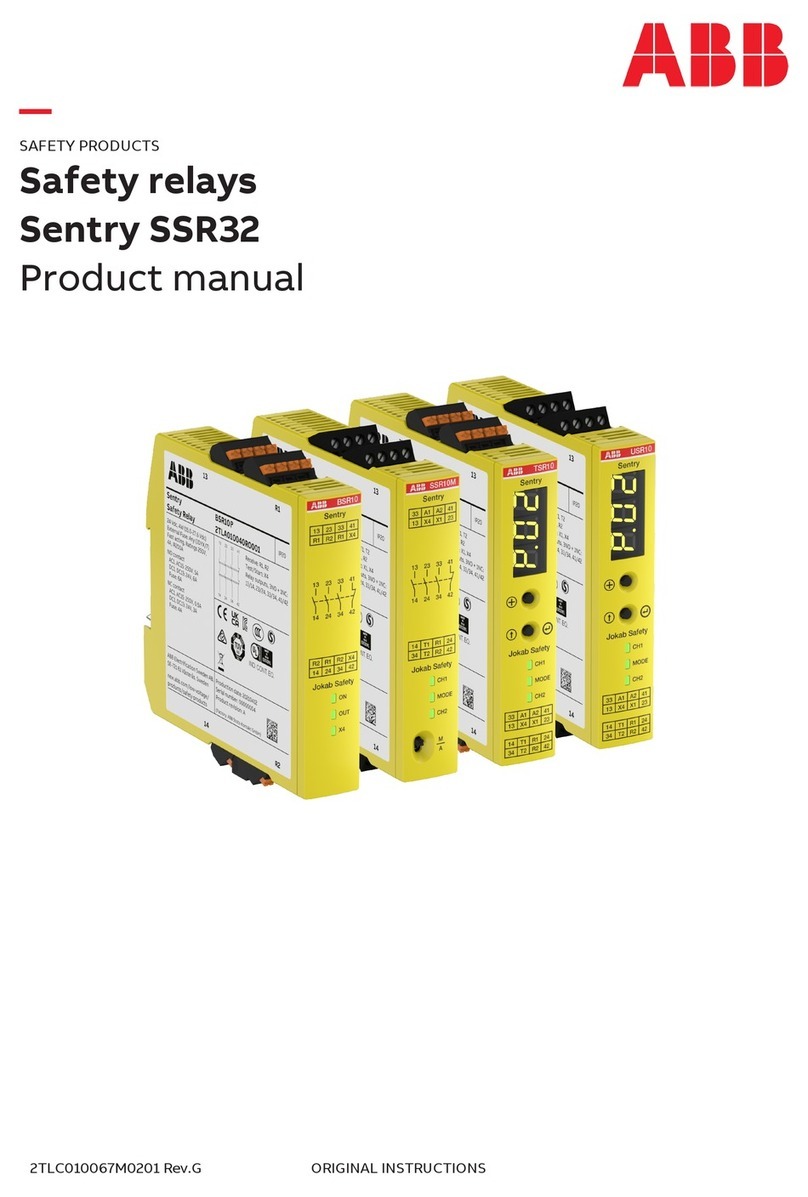2 INTRODUCTION
2.1 Features
The P15D is a dual powered non-directional overcurrent and earth fault relay which provides
protection for applications where no external auxiliary power supply is available, or where the auxiliary
supply available does not guarantee the dependability required for protection applications. This relay
is mainly deployed in industrial installations, distribution network substations and most specifically in
Ring Main Unit (RMU) networks for monitoring and protection purposes.
The relay offers supervision functions including measurement, monitoring and recording functions.
Industry and utility protocols are available for transmitting relay data to a supervisory control system
via communication networks. The user-friendly operator interface facilitates easy reading of measured
values and simple configuration of the relay.
Protection & Control
•Timed and instantaneous phase and earth fault protection (3 independent stages)
•Wide range of IEC/IEEE curves
•Thermal overload protection
•Cold load pickup protection
•Inrush blocking
•4 Digital inputs
•2 Digital outputs
•1A/5A ordering option for CTs
•Low energy pulse output tripping for RMU
•Dual power supply option
•Internal battery for maintaining LCD/ communication during faults
•2 Setting groups
•Password protection
•Self-supervision & internal diagnostics
Measurement, Recording & Post fault analysis
•Metering of Phase & Neutral currents
•Measurement of thermal state
•Up to 100 time tagged event records
•Up to 5 disturbance records
•Battery-backed indication
Front Panel Interface
•4 LEDs for status indication
•Backlit LCD display (16 x 2)
•8 navigation keys for setting and interrogation
